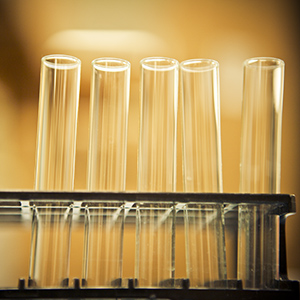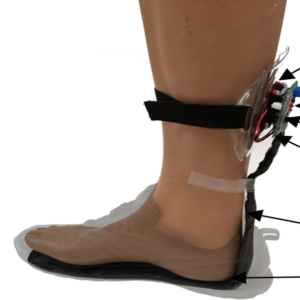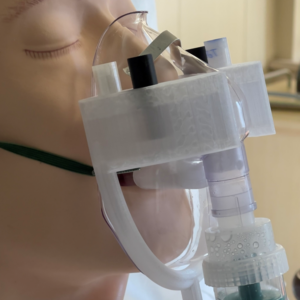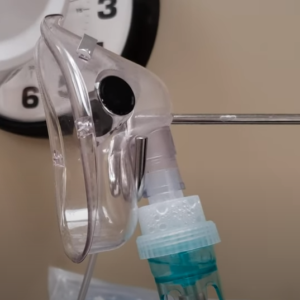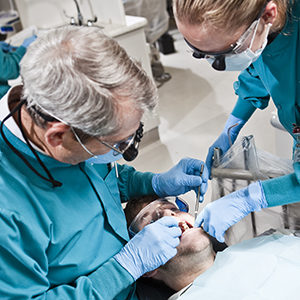Description
New bone allograft coating significantly increases bone growth and healing
Researchers at the University of Nebraska Medical Center and the University of Rochester developed a novel coating for structural bone allografts.
Structural allografts are the top choice to repair large bone defects that require immediate support. However, traditional allografts have a 60 percent failure rate within 10 years of implantation.
The team designed the new allograft coating technology to help enhance the properties of bone allografts, and improve their overall performance and success rates.
The new coating technology consists of a polymer coating applied to the allograft via electrospraying. This allows for a uniform coating of polymer that can be easily tailored to achieve the desired thicknesses.
The polymer coating can also be loaded with therapeutics such as biological factors that help enhance bone growth and healing, like bone morphogenic 2 peptides.
Researchers have tested the coating containing bone morphogenic 2 peptides and have shown that this coating significantly increased bone growth and healing while also decreasing fibrosis.
To discuss licensing opportunities contact Lisa Carlson, PhD, at lisa.jorgenson@unmc.edu or 402-315-0543.

